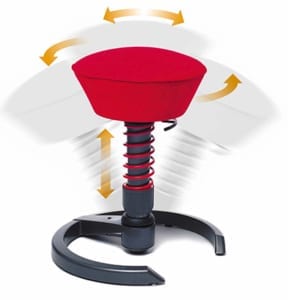To plank or not to plank …
Being able to hold a plank has long been considered a measure of fitness and a test of core muscle strength. But, is it as effective as we think? And what about those of us who can’t manage a plank? What are the other options for building core strength?
For those not aware, a plank is an exercise where you lie flat on the floor, then raise yourself onto your tiptoes and elbows, keeping your back flat and your forearms on the floor so you look a bit like a coffee table. So, what are the benefits?
- Tones mid-section: planking helps to build your inner core muscles. As they become stronger your stomach will tighten for that six-pack look
- Increases flexibility: planking strengthens the muscles and increases flexibility in your shoulders, abdominals and legs
- Improves balance and posture: a correct plank position will help with balance enabling you to sit and/or stand up straighter with better posture
- Improves mood: almost every exercise has the potential to improve your mood. Planks help stretch and relax muscles that can become stiff, therefore releasing tension and lifting your spirits.
But planking isn’t a functional movement. That is, it’s not a movement based on real-world situational biomechanics. Instead, a plank requires you to remain still for a specified amount of time. Which can cause pain and discomfort, especially in those with weak or inflamed joints and muscles.
Alternatives to planking
So, what if you can’t plank? What else is there that could achieve similar results? Well, that is where Active or Dynamic Sitting comes in.

An example of a ‘Swopper Chair’, similar to the one that I currently use and recommend.
Active Sitting occurs when your seating allows or encourages you to move. One of the earliest forms of active sitting is actually the rocking chair which allows forward and backward swaying motion. But there are a variety of specially designed seats on the market to improve postural health and the abdominal muscles, including the ‘Swopper Chair’ – which I use myself, and highly recommend. Some of the models available will continually adjust and follow your body’s movements to engage your core and help you to maintain better posture.
The concept of Active Sitting is fast gaining recognition, particularly among those whose work involves prolonged sitting. So, whether you have a condition that prevents planking or your day job keeps you on your bottom all day, Active Sitting is well worth considering as an alternative way to increase stability and strengthen core muscles.
But, if you should be experiencing pain or discomfort in your back or other muscles that prevents you from exercising (planks or otherwise) then we may be able to assist so please do get in touch to discuss your requirements in more detail.





Leave a Reply
Want to join the discussion?Feel free to contribute!